This blog has not done justice to our two-day stay in Seville or the interesting drive from Alcaucin to Seville. This is due to the poor wifi connection at our Seville accommodation.
This will attempt to fill the gaps for April 19 to 21.
April 19
Seville
The capital of Andalusia, Seville is a sprawling historic city on the river Guadalquivir. It is a world heritage site with many places to visit. Like most ancient Spanish cities, its heritage is a mixture of old Moorish architecture and Renaissance Roman Catholic, Gothic and Baroque.
We spent two nights here. Not really long enough to full justice to all that can be seen here.
The day we drove here was a beautiful sunny day. The first part of the journey from the mountain village of Alcaucin to Alquivera was the same route taken the previous day when we went to see the rocks at El Torcin. Everything looks so much better in sunlight.


Driving into Seville was a nightmare because traffic was heavy. The road into the city parallels the river with large bridges crossing it giving a similar appearance to Florence. By more good luck than judgement, we took the right bridge to the Trianna area and found the hotel immediately. We parked outside the door, but were almost ticketed as it was a no stopping road. The hotel staff offered no advice or suggestions, so Mike had to spend about an hour driving up and down narrow streets looking for a parking place. Meanwhile, I had to wait while they cleaned the room. Although the hotel was quite big with about 4-5 floors, we were given a pokey little room near the reception desk. I think it might have once been a broom closet! The space was less than we had in our cabin on the cruise without space under the bed for the luggage. But we are travelling on a budget and all accommodation in Seville is higher than other places. So it was clean and convenient for getting to the cathedral and Alcazar Gardens. But as mentioned, and the reason for this afterword on Seville, is because of the lousy wifi signal. Another reason is because we did so much in a few days.
The night of our arrival in Seville, we strolled around the city area around the cathedral. At this time the main cathdral was closed, but we did have access to the parish church adjoining the cathedral. Parish Church. The size of Seville Cathedral is breathtaking. It is reportedly the largest Gothc cathedral in Europe. Even the attached Parish Church is as big as many other cathedrals.
We strolled along the river and had a meal at one of the riverside restaurants. As we ate, the sky darkened and soon it was raining hard. The rain continued all of the next day and the morning we left Saville for Codoba, where it was still raining since our last visit.
So our Seville visit was all in the rain!
Nevertheless, despite the rain, we did enjoy the Royal Alkazar Gardens and palace, originally built by the Moors and taken over and added to by the Spanish royalty. The top floor of the palace is still a royal residence for the present King of Spain when he comes to Seville.
The pouring rain did not stop people lining up to get in. We did not buy advance tickets, but our line seemed to move faster than the prepaid line. I felt sorry for the horses standing in the rain waiting to give carriage rides. Not so popular in the rain!

Again there is far too much to describe about the palace architecture, paintings, and decor. Similarly, the extensive gardens with fountains and formal Renaissance box hedges are best seen in pictures. I will add some of my pics but recommend you search for Alcazar, Saville for more.








This is the link to Wikopedia.
https://en.m.wikipedia.org/wiki/Alcázar_of_Seville
Seville Cathedral





The tomb of Christopher Columbus

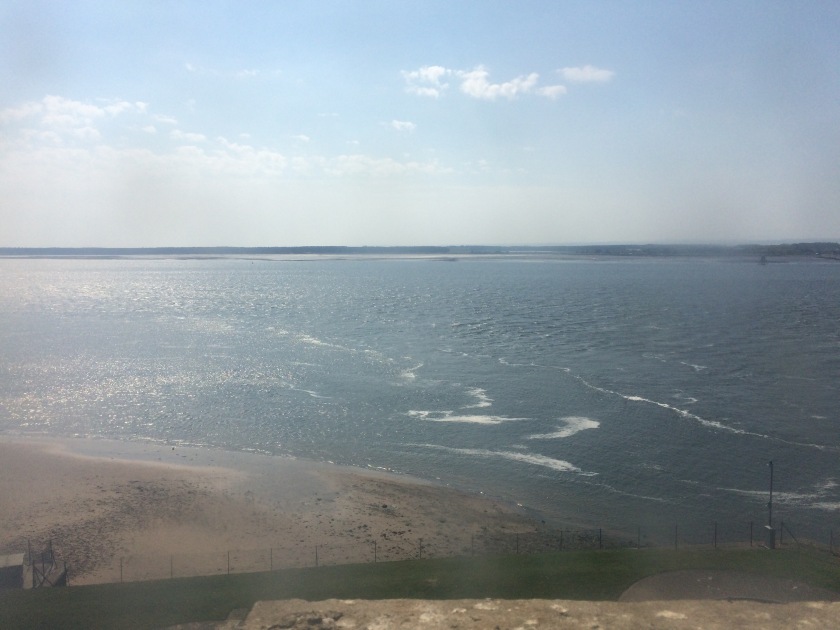
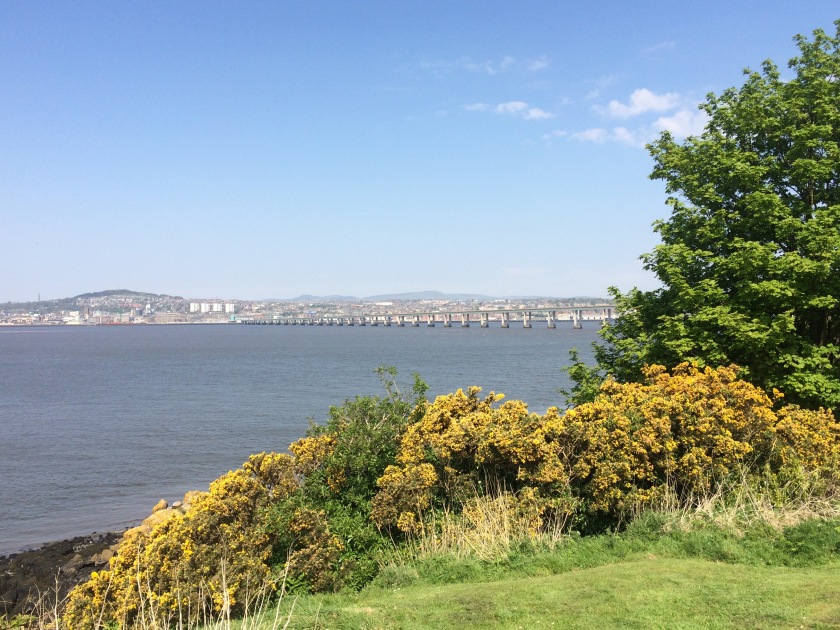
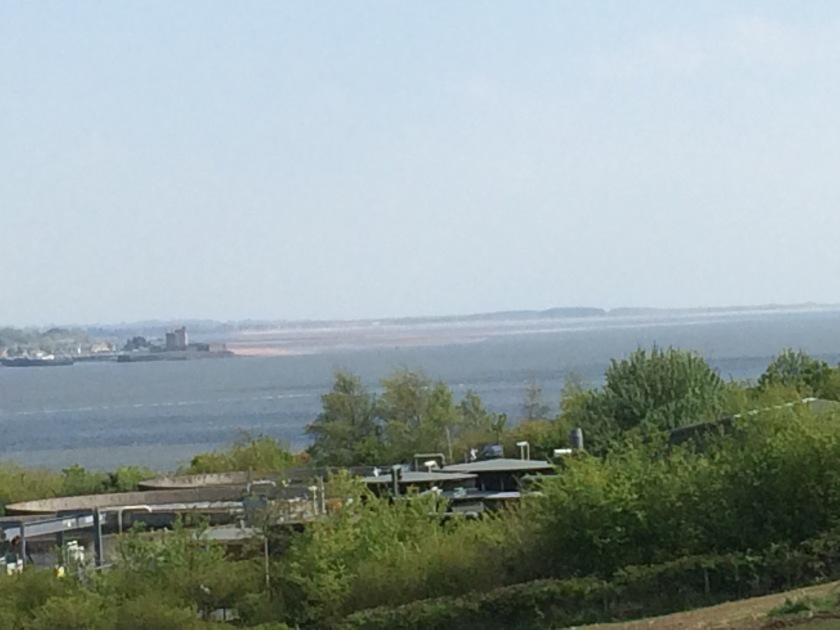 We stopped briefly at St Andrews to stand on the sacred ground of Scotland’s famous golf course.
We stopped briefly at St Andrews to stand on the sacred ground of Scotland’s famous golf course.
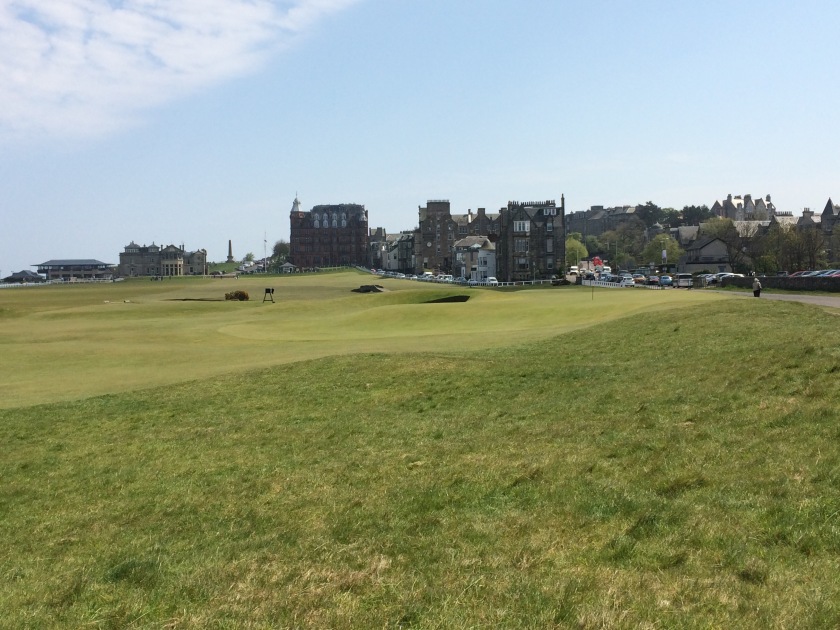
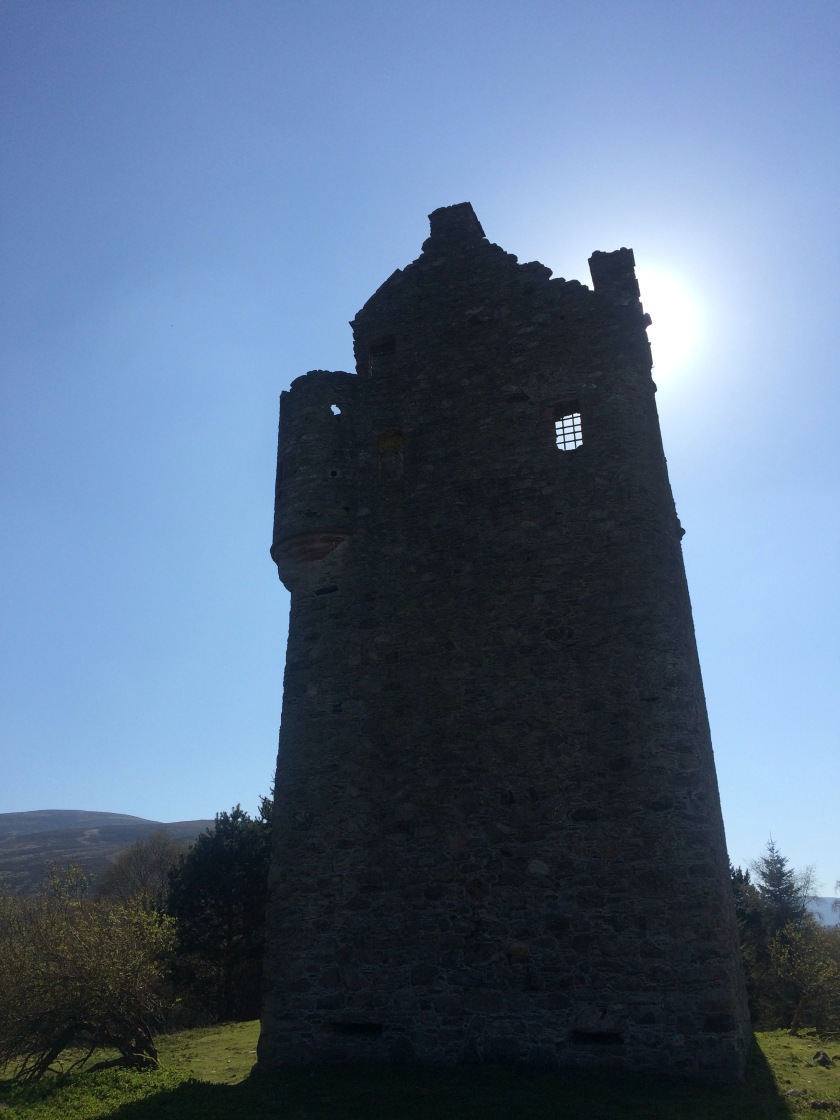
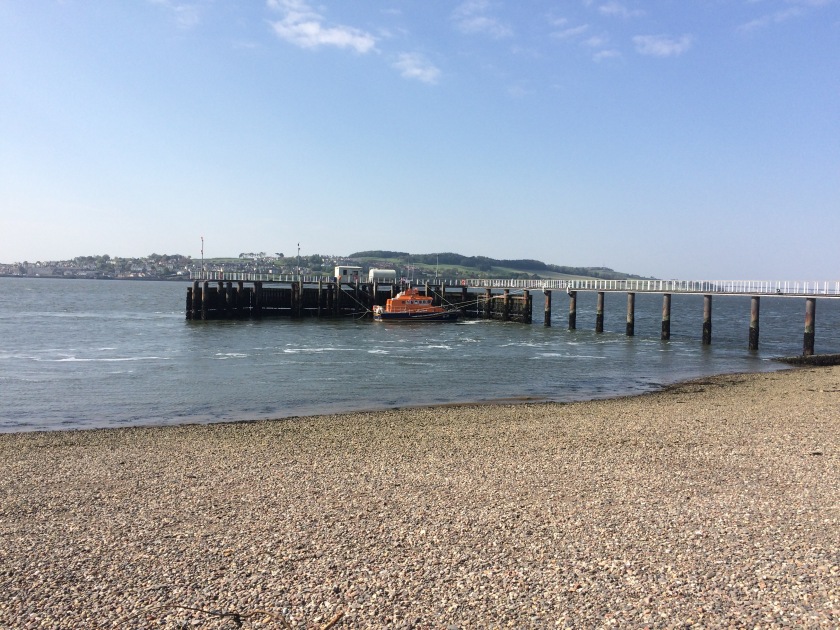













































You must be logged in to post a comment.